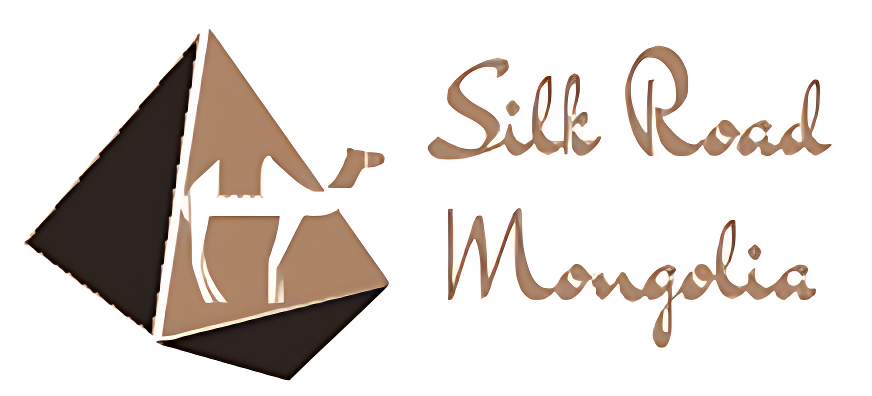Blog
Is Mongolia East Asian or Central Asian Country?
A lot of people who are not aware of Mongolian culture have a hard time understanding whether Mongolia is a Central Asian or East Asian country. Certain organizations label Mongolia as an East Asian country while some others label Mongolia Central Asian, so which is it?
The answer is not that straightforward, because Mongolian history, culture, and other various aspects of the country share different similarities with both East Asian and Central Asian cultures, so we will be going in-depth into different categories.
Is Mongolia Part of China?
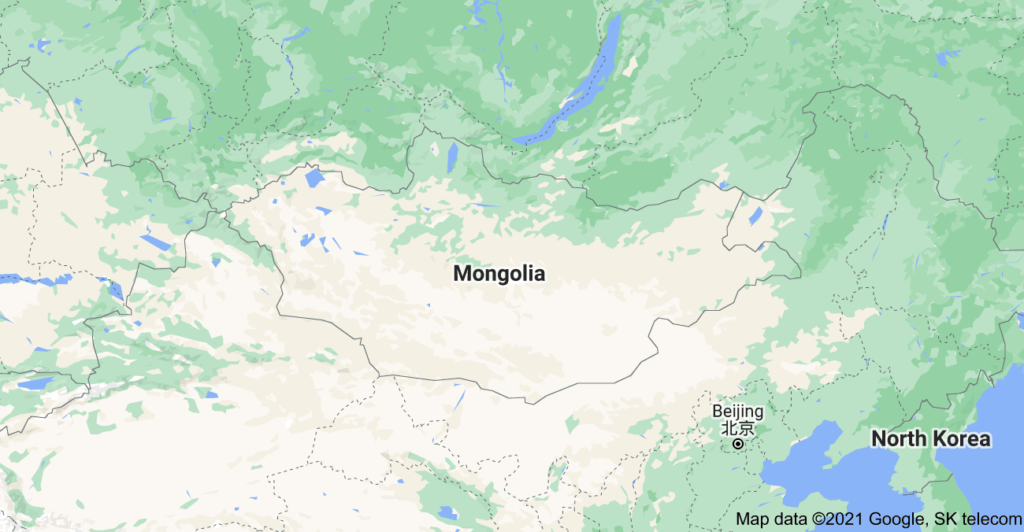
Some people tend to confuse Mongolia with Inner Mongolia. While the Mongolian Empire was a confederation of different tribes and different cultures, from 1200 until the 1700s Inner Mongolia and Mongolia were one country/empire, but due to internal conflict and strife, it split into two, and in 1911, Mongolia or Outer Mongolia as some wrongly refer to gained its independence from the Qing dynasty while Inner Mongolia was unable to.
Hence, to this day, Inner Mongolia is part of China, whereas Mongolia is an independent country that’s very different from China.
Why People Confuse Mongolia?
It’s because most often Inner Mongolia gets confused with Mongolia, and it does not help that Mongolia isn’t well known around the world. People mostly assume Mongolia was a country that existed during medieval times and don’t realize that it’s an actual country to this day.
Also, most often, Chinese media has more global influence around the world, hence due to Chinese media, people see a lot of Inner Mongolian documentaries, which results in a lot of people confusing Mongolians with Chinese people.
How Do Mongolians View Themselves?
When it comes to how Mongolians actually view themselves a majority of them consider themselves uniquely different from East Asians. While in reality, Mongolia does have some commonalities with other East Asian cultures, Mongolian people like to be regarded as very different from Japan, China, Korea, etc.
Sometimes it can be considered an offense and can cause trouble if you happen to mistake Mongolian people with Chinese people. Something to keep in mind when you are traveling to Mongolia is that Mongolian people are proud of their history, culture, and heritage, hence relating that to any other culture and being somewhat disrespectful will result in some uncomfortable situations.
Physical Appearance
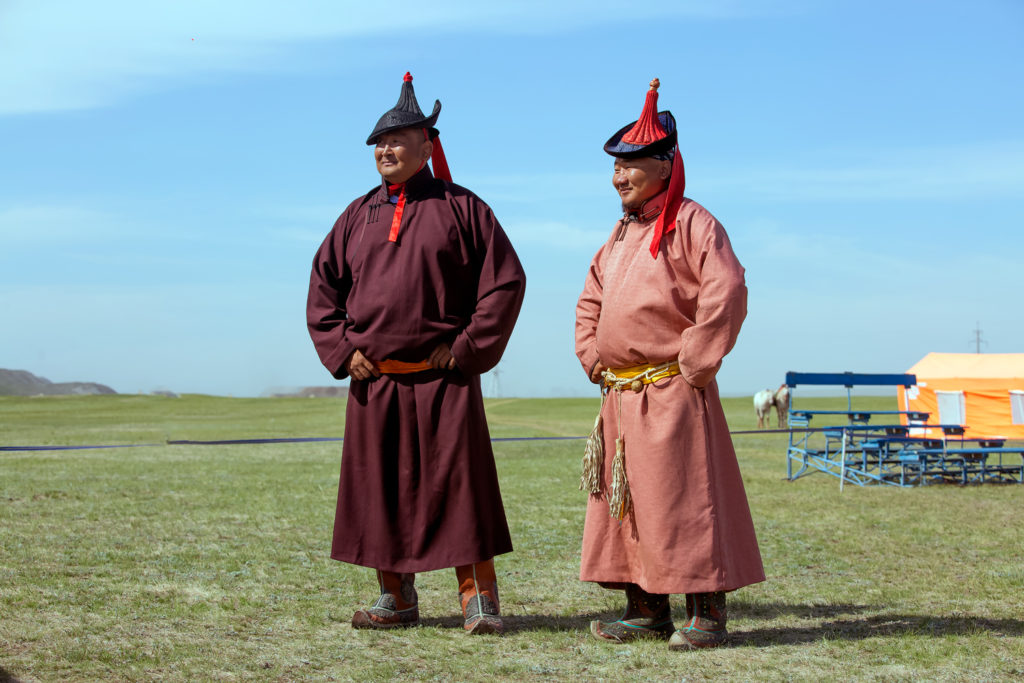
While for Mongolians themselves it’s pretty easy to distinguish themselves from East Asians. In a crowd of Asians, Mongolians can pick out their own pretty easily, however for foreigners and unaccustomed eyes, it can be more difficult and may even seem like Mongolians are no different from other East Asians.
Majority-wise, Mongolians look North-East Asian with big round faces and high cheekbones. Depending on their ancestry some can appear a mix between Russian and East Asian, or perhaps look Central Asian in appearance. However, people who look mixed are in the minority ranging ~10%. The further West you go, the more likely you will come across people with lighter hair and eyes.
Foreigners mention frequently that Mongolians are perhaps a little taller and bigger than other East Asians, which mostly has to do with diet and the climate of Mongolia, but in facial appearance-wise, Mongolians mostly look a combination of Siberian types of people and East Asians.
Geography
Geographically Mongolia can be considered East Asian, but if we are to consider how the globe curves and distorts, then North-East Asian would probably be a better term.
Where Did Mongolians Originate From?
This is still up for debate, some people assume Mongolians originated in Far Northeast regions of Asia, whereas some say they originated from Central Asian tribes, but a more accurate answer or explanation perhaps is that Mongolians share some Turkic roots with Central Asian countries, but over time, became very different from other various Turkic countries that exist today.
However, Mongolians, Kyrgyz, and Kazakh people look similar in appearance and culturally share a lot of commonalities, which will be explained further below.
Religion
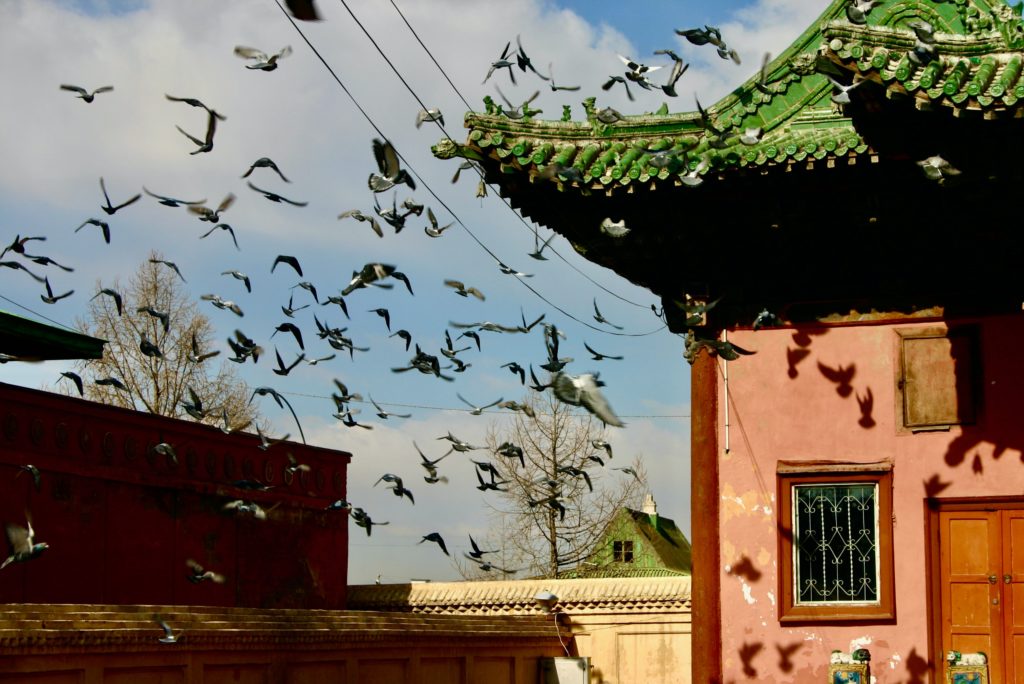
When it comes to Religion, Mongolia shares a lot of similarities with East Asians for sure. Most Mongolians are Buddhists, around 92%, where the remaining people are Muslims or other, however more and more Mongolians are identifying themselves as non-religious.
Every year, Mongolians celebrate the Lunar New Year and observe the Lunar Calendar, the zodiac signs, and many other East and Southeast Asian countries tend to observe the Lunar New Year as well.
Before Buddhism, Mongolians were predominantly Shamanistic, Animist types of people who worshiped the Eternal Blue Sky, but since the 15th century, Buddhism became popular and at one point in Mongolian history, Tibetan writing was even an official writing system.
Mongolians do have a very positive relationship with Tibetans, but it seems Mongolians are culturally Buddhists because that’s what Mongolians have practiced for hundreds of years, so other people just go along with it.
Central Asians however are Muslims and practice the religion of Islam. When Mongolians conquered parts of the Middle East, Islam had a great impact on the people who settled in those regions, and over the course of the years, Mongolians adopted the religion of Islam and assimilated into their culture. Hazara people are one of the many examples of Mongolian descendants who live in the Middle East.
Culture
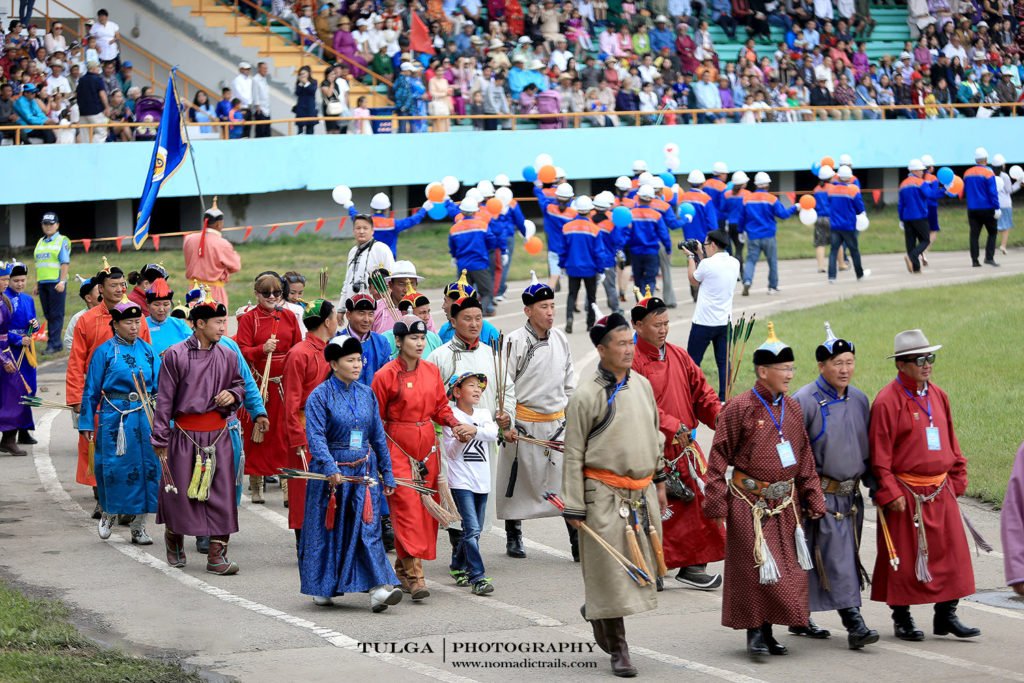
When it comes to culture, Mongolians share more similarities with Central Asian countries. The foods we eat, the mindset we have, and our overall attitude towards life are nomadic.
If you are familiar with Central Asian culture and history, you will realize that there is a lot of overlap between Mongolian cultures and other various Central Asian cultures. Appearance-wise, a lot of Mongolians can pass for Central Asians.
Gers, Kumis, Horsemeat, and food preparation methods, etc are very similar to Central Asian culture. While they are not exactly similar, there is an eerie resemblance in a lot of our everyday surroundings.
So Are Mongolians Central Asian or East Asian?
That will mostly depend on how you view it. While most Mongolians considered themselves very different from East Asians, it is undeniable that Mongolians were affected by East Asian cultures since the founding of the Mongolian Empire, especially the Yuan Dynasty.
The major similarity Mongolians have with East Asia is the religion of Buddhism. Whereas the remaining aspects of Mongolia are more Central Asian. So it’s a mix of both Central Asian and East Asian, but most Mongolians feel more at home with Central Asian cultures and feel a connection with the Kazakhs, Kyrgyz, and Uzbek people.
Frequently Asked Questions
So is Mongolia East Asian or Central Asian?
Mongolia is typically considered to be both East Asian and Central Asian, as its location and cultural influences span both regions. Geographically, Mongolia is situated in East Asia, bordered by China to the south and Russia to the north. However, culturally and historically, Mongolia shares strong ties with Central Asia due to its nomadic and pastoral traditions, similar to those found in countries like Kazakhstan and Kyrgyzstan.
Are Mongolians Considered Asian?
It is important to note that “Asian” is a broad term that encompasses diverse ethnicities, languages, and cultures across the continent. While Mongolians are specifically classified as Central-East Asian due to their geographic location, it’s worth acknowledging that Asia is a vast and diverse continent with numerous distinct groups and subregions.
Is Mongolia in Central Asia?
The classification of Mongolia as part of Central Asia can vary depending on different perspectives and definitions. However no, Mongolia would not necessarily be considered to be located in Central Asia. You could argue Western-Mongolia could be considered Central Asian geography wise, but most people don’t.
Is Mongolia in East Asia?
Mongolia is generally geographically considered to be part of East Asia. Geographically, Mongolia is located in the north eastern part of the Asian continent. It shares borders with China to the south and Russia to the north.
